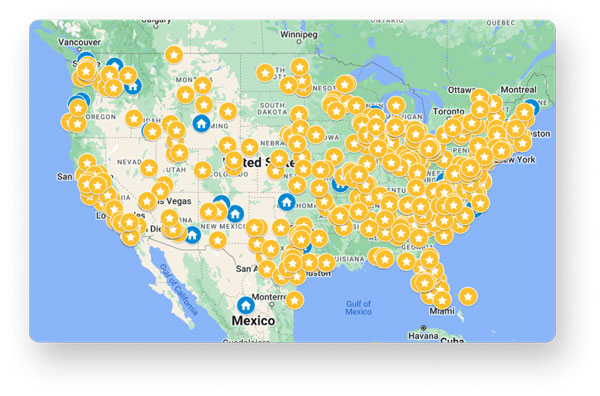Written by Julie Esris
One day when my fifth-grade class was stopped in the hallway for several minutes en route to gym, I was standing right outside a classroom door. I began absentmindedly running my hand along the doorknob. I don’t remember if I was just looking for something to do or if I happened to like the noise the doorknob made as I turned it back and forth. Whatever the case, I did not realize that my stopgap form of self-entertainment was loud enough to disrupt the lessons in the classroom. I certainly didn’t expect to see the door swing open, an infuriated teacher filling the doorway.

I don’t remember the specifics of what the teacher said, but I do recall that she angrily lectured me and I had to ultimately talk her out of giving me detention and promise to never disrupt her class that way again. I remember feeling distressed as I tried to assure her that I didn’t mean to make so much noise. In retrospect, this exchange seems utterly absurd, her reaction to the situation over the top, and my desperate need to reassure her that I had “learned my lesson” and would “never do it again” unnecessary. Unfortunately, I was in fifth grade thirty years ago, during a much less enlightened era. However, I strongly suspect that incidents like mine still happen today, even if less frequently.

I realize that teachers are often under a great deal of stress and pressure and will inevitably make mistakes– they are human, after all. Nevertheless, I feel that the incident represents an ongoing problem– albeit a less pervasive one than thirty years ago– of adults misreading the intentions of kids who inadvertently disrupt a class. Until very recently, when a child did something disruptive, the default assumption was that they were being malicious and that the appropriate way to respond was with punishment or, at least, threats of punishment. After all, kids who did things like this were often unfairly categorized as having a “behavior problem,” a term now increasingly understood to be dismissive and ignorant to the complexities of a child’s mind.
I recall that I had been playing with the doorknob out of boredom, and it is not unlikely that a neurotypical child might have done the same thing. However, I might have been less aware than a neurotypical child that my actions could disrupt a class. Likewise, some autistic kids might engage in the same action, not out of boredom, but because of the need to stim. A stim is a repetitive behavior, often in the form of hand movements, that many autistic people do to relieve anxiety. When witnessing a child engaging in disruptive and seemingly-pointless behavior, it’s important to take a step back to try to understand why and respond appropriately.
The teacher whose class I accidentally disrupted did not know me, so she had no point of reference for understanding the roots of my behavior. A better response on her part could have been, “Excuse me, could you please stop playing with the doorknob? It’s very loud and the entire class can hear it.” This gives the child a chance to say, “Oh, sorry, I didn’t know that it was so loud,” or, “Oh, sorry, I didn’t realize I was doing it.”
If the teacher already regularly interacted with me, perhaps she would have noticed a pattern of behaviors that she didn’t understand. Today, she might have taken note of me not just playing with a doorknob while stopped in the hallway, but also drawing in class, making wisecracks during lessons, and getting visibly upset during group projects. It is tempting to dismiss the first three scenarios as overt disrespect, and the fourth scenario as me needing to always get my way. A teacher who is familiar with their students on an individual level will understand that each has their own set of strengths, weaknesses, and quirks. The teacher will also learn that some students– particularly neuroatypical ones– are often misinterpreted.
It is important for all educators to take a step back, ask questions, and check their own biases.
Do you have students on IEPs? Track their daily progress with the click of a button with fastIEP. Start free today at go.fastIEP.com!


